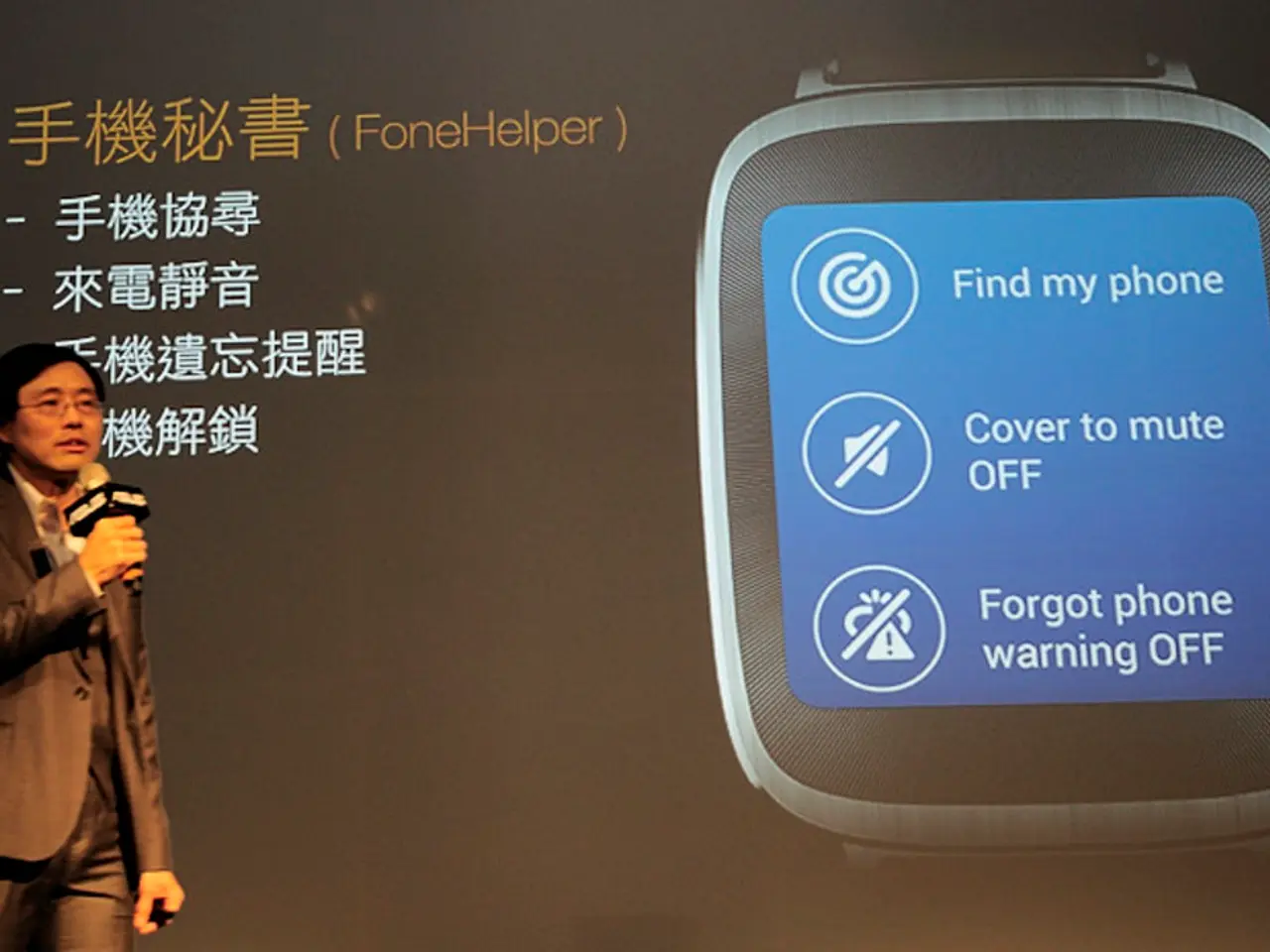Investigating the Most Recent Progressions in Biometric Technology for the Year 2025
In the realm of technology, 2025 marks a significant leap forward for biometrics, with groundbreaking innovations that make authentication more secure, seamless, and adaptable across various industries.
At the heart of these advancements is the integration of artificial intelligence (AI) and machine learning (ML), which has led to AI-enhanced biometric systems delivering unprecedented accuracy, efficiency, and adaptability. These systems can identify subtle patterns and authenticate individuals even in challenging conditions, such as low light, partial occlusions, or mask-wearing. AI reduces false positives and negatives, improving overall reliability of biometric verification. It also enables continuous learning algorithms that adapt to changes in users' physical features, ensuring improved accuracy over time [1][2][3].
Another key trend is the growth of contactless biometrics, driven by hygiene concerns and convenience. Facial recognition, iris scanning, and voice recognition systems that do not require physical contact are becoming increasingly popular, especially in high-traffic environments like airports and stadiums due to their speed and ease of use. The global contactless biometrics market, which was around USD 14.32 billion in 2024, is projected to reach USD 75.22 billion by 2034, with a compound annual growth rate (CAGR) of 18% starting from 2025 [1].
Multi-modal biometric systems, which combine multiple biometric identifiers (e.g., face + voice, iris + fingerprint), are also on the rise. These systems enhance accuracy and security, achieving error rates less than 0.01% false acceptance and under 1% false rejection. They also increase resistance to spoofing and fraud [3][4].
Advanced liveness and anomaly detection techniques are now effective in distinguishing live persons from spoof attacks using photos, videos, or masks. Machine learning algorithms also detect unusual authentication patterns indicative of fraud or system tampering, enabling proactive security measures [3].
Emerging biometric modalities, such as heartbeat pattern recognition via wearable devices, brainwave authentication using EEG sensors, DNA-based authentication for ultra-high security, and gait analysis through smartphone accelerometers, are gaining traction and expanding the scope and applicability of biometric authentication into new domains [4].
AI-driven behavioral analytics create profiles based on keystroke dynamics, mouse movements, touchscreen pressure, navigation patterns, and session timing. These profiles help in continuous authentication and risk assessment, with AI-powered risk engines detecting threats with up to 94% accuracy [4].
The affordability and integration of technologies like iris and retinal scanning, once limited to defense sectors, into consumer devices are enhancing general user security [4].
In 2025, quantum iris recognition employs quantum computing to instantly scan and verify identities across massive databases, cutting authentication times in half. Advanced facial recognition systems can detect minute changes in facial expression and recognize individuals wearing masks or other obstructions.
Biometric technology has evolved from a convenient security tool into a critical technology fueling innovation in nearly every industry. In finance, biometric authentication prevents fraud and simplifies banking with secure, seamless access. Biometric data will be stored securely on blockchain ledgers for tamper-proof solutions, and global ethical standards are being developed to ensure fairness, privacy, and accessibility in biometric applications.
References: [1] "The Future of Biometrics: 2025 and Beyond." Biometric Update. (n.d.). URL: https://www.biometricupdate.com/201907/the-future-of-biometrics-2025-and-beyond [2] "Artificial Intelligence in Biometrics." IEEE. (n.d.). URL: https://ieeexplore.ieee.org/document/8953357 [3] "Contactless Biometrics Market Size, Share & Trends Analysis Report By Component, By Technology, By End-Use, By Region And Segment Forecasts, 2021 - 2028." Grand View Research. (2021). URL: https://www.grandviewresearch.com/industry-analysis/contactless-biometrics-market [4] "The Future of Biometrics: 2025 and Beyond." Biometric Update. (2020). URL: https://www.biometricupdate.com/202003/the-future-of-biometrics-2025-and-beyond-part-2 [5] "The Future of Biometrics: 2025 and Beyond." Biometric Update. (2019). URL: https://www.biometricupdate.com/201908/the-future-of-biometrics-2025-and-beyond-part-1
- In the realm of technology, the integration of artificial intelligence (AI) and machine learning (ML) has been pivotal in developing AI-enhanced biometric systems that offer unparalleled accuracy, efficiency, and adaptability in matching individuals.
- Innovations in AI have led to the rise of contactless biometrics, bolstered by hygiene concerns and convenience, with facial recognition, iris scanning, and voice recognition becoming increasingly popular in high-traffic environments.
- Multi-modal biometric systems that combine various biometric identifiers, such as face + voice or iris + fingerprint, are on the rise, increasing accuracy and security while reducing the risk of spoofing and fraud.
- Advanced liveness detection techniques and anomaly analysis powered by machine learning algorithms are now effective in distinguishing live persons from spoof attacks, enabling proactive security measures.
- Emerging biometric modalities, like heartbeat pattern recognition, brainwave authentication, DNA-based authentication, and gait analysis, are expanding the applicability of biometric authentication into new domains.
- AI-driven behavioral analytics create profiles based on user interactions, helping in continuous authentication and risk assessment, with AI-powered risk engines detecting threats with impressive accuracy.
- Efforts are being made to make advanced biometric technologies, such as quantum iris recognition and sophisticated facial recognition systems, more affordable and accessible for widespread usage across industries, driving innovation and security in technology, education-and-self-development, finance, and beyond.




